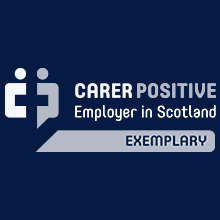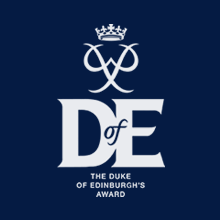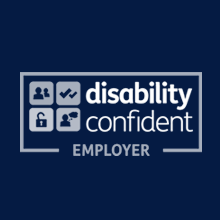Hearing Implants
A hearing implant can be an excellent alternative when conventional hearing aids are unsuitable:
- Percutaneous bone conduction hearing aid e.g. BAHA – a surgically implanted vibrating device which transmits sound through the bone to the inner ear
- Transcutaneous bone conduction hearing aid e.g. Bonebridge, Osia, Sentio – a surgically implanted vibrating device hidden under the skin with an external audio processor held in place by a magnet
- Middle Ear implant e.g. Vibrant Sound bridge – a surgically implanted vibrating device acting directly on the ossicular chain.
Cochlear Implants
There is a separate national programme for cochlear implants run at Crosshouse Hospital in Ayrshire: please see http://www.sciponline.co.uk/ for details. However GPs cannot refer directly to that: please refer to Audiology in NHS Lothian.
C.M. & A.B. 13-12-24
Who to refer:
Patients aged over 16 with mild to severe hearing loss (<65dB HL) struggling with conventional hearing aids as a result of:
- Recurrent infections
- Ear canal stenosis / atresia
- Unhappiness with the sound quality
Patients aged over 16 with single sided deafness (>80dB HL).
Following audiological assessment patients considered candidates for a hearing implant will be seen in the multidisciplinary Hearing implant clinic by Mr Bennett, ENT Consultant.
Who not to refer:
This implant service is for patients previously seen by ENT or audiology, and only specialists can refer.
Please refer new ear disease (eg e.g. deafness/perforation/discharge/abnormal appearance of ear drum) to Audiology or ENT first in line with RefHelp guidance.
How to refer:
Please refer by SCI Gateway to Audiology at Lauriston.
Please note that this service is not available at St John’s or East Lothian Community Hospital.













